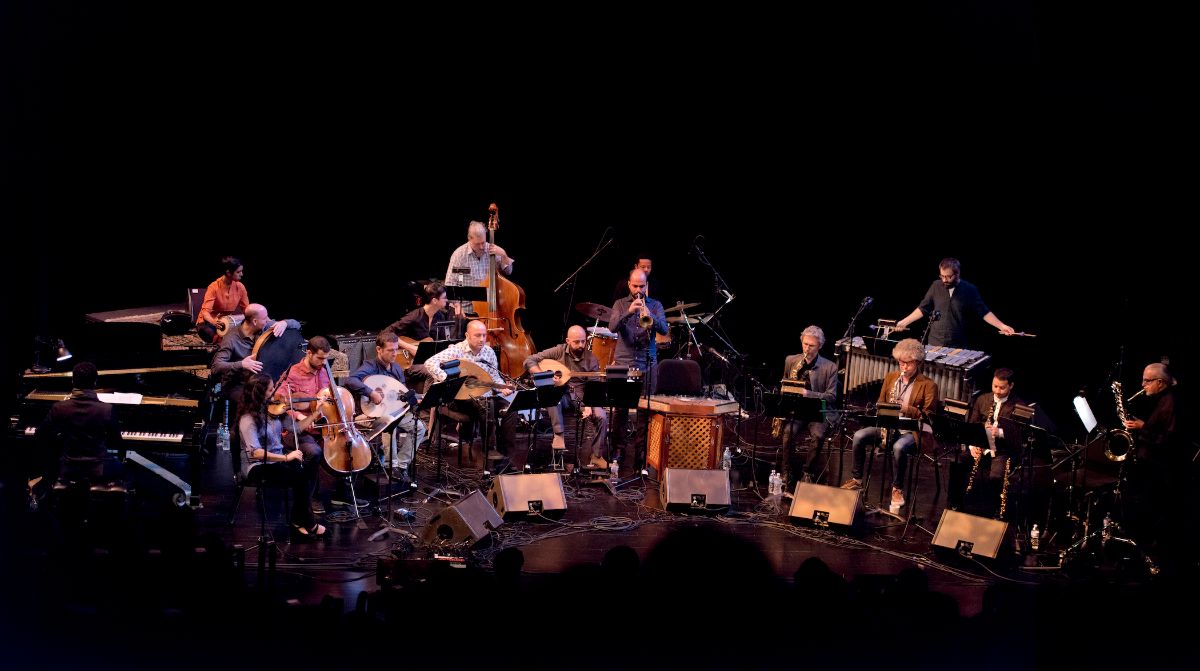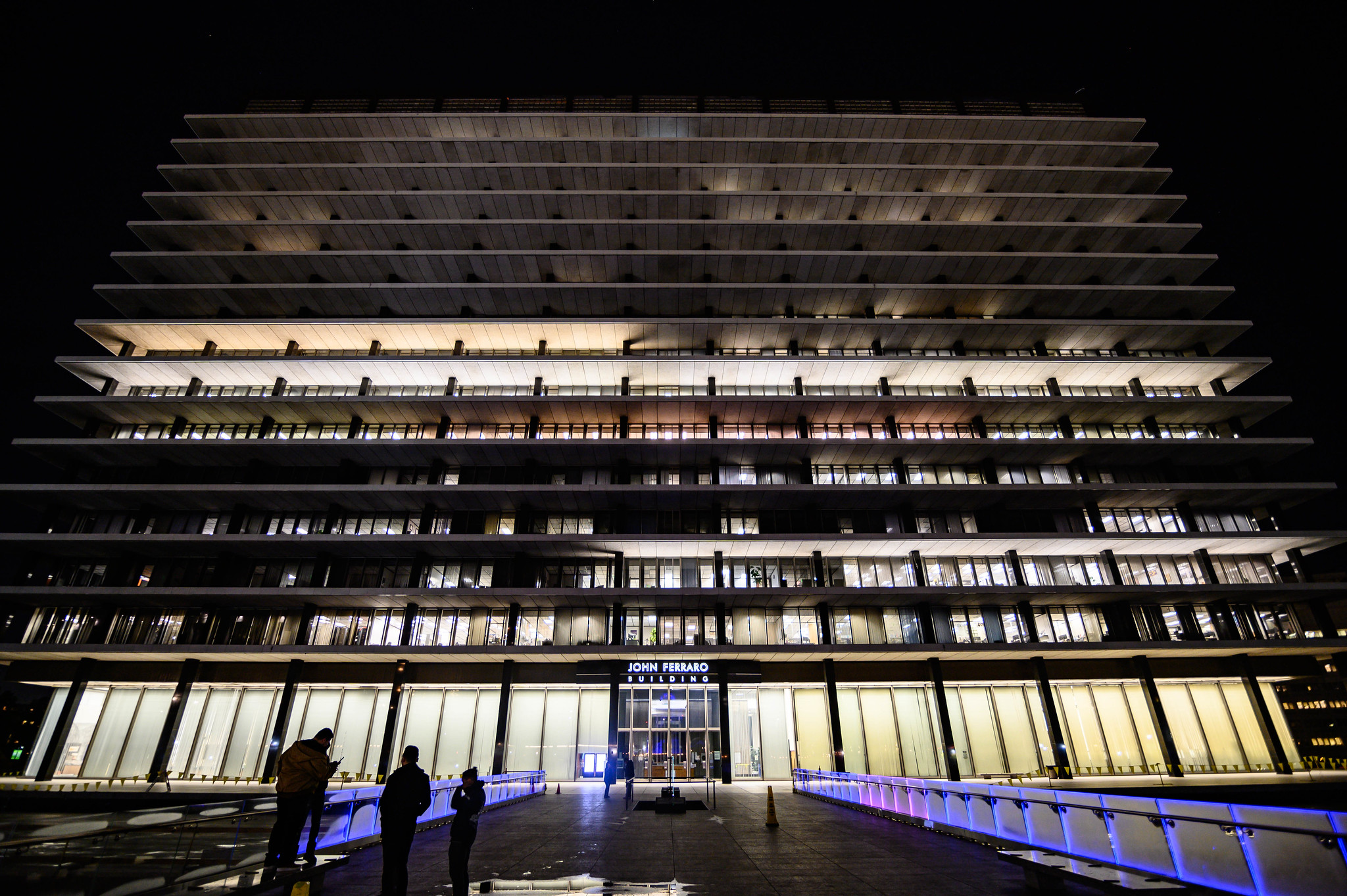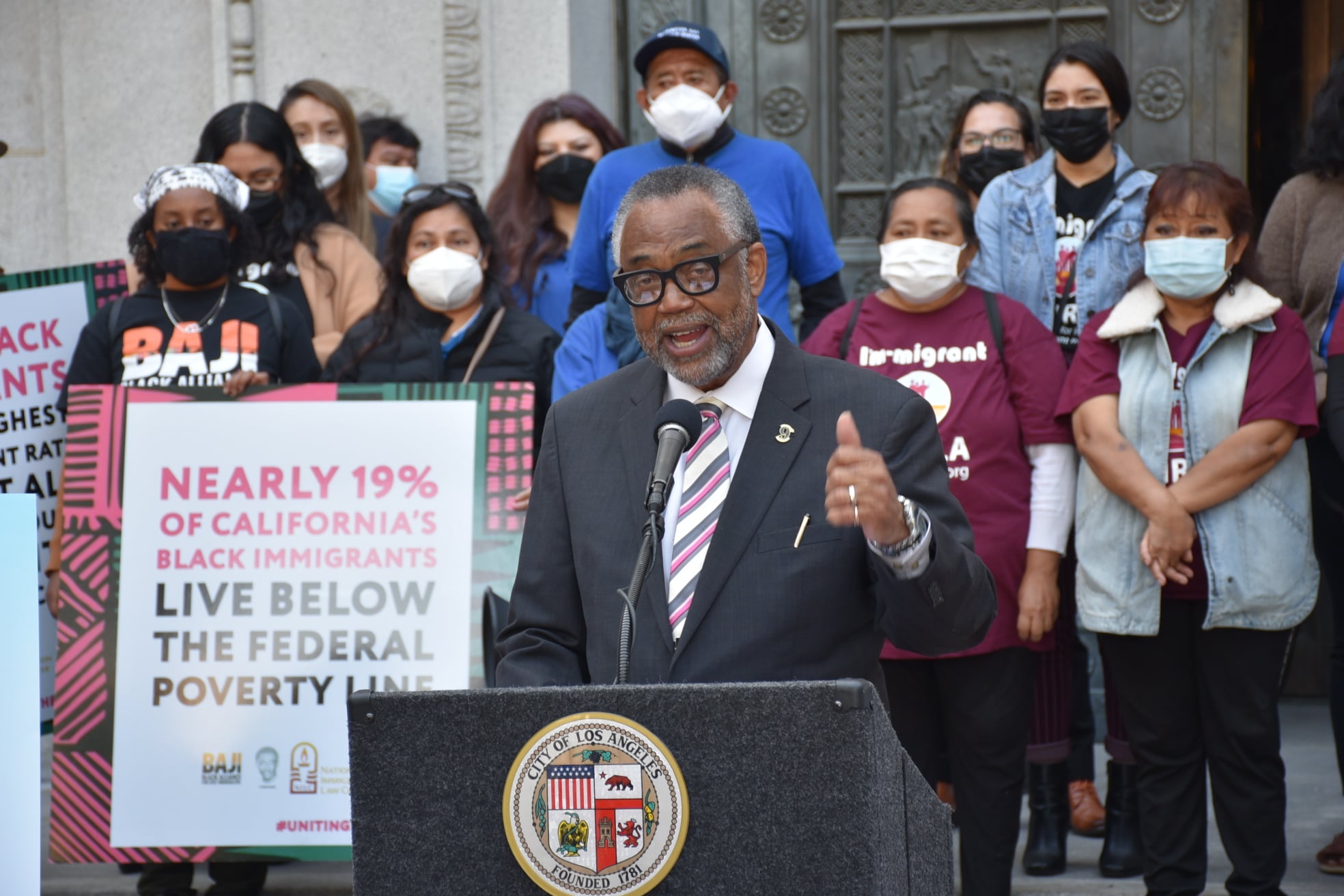Oil Can Harry’s, which closed last year, was designated a Historic-Cultural Monument by the Los Angeles City Council Wednesday for being one of the oldest gay bars in the San Fernando Valley.
The council approved the designation 14-0, with Councilman Joe Buscaino absent.
Oil Can Harry’s was opened in Studio City in 1968 by Bert Charot. It closed in January 2021 after the property’s owner sold it to a buyer planning to turn it into a jazz venue, according to oilcanharrysla.com.
“The establishment of Oil Can Harry’s occurred against a backdrop of increased group resistance to homophobia within the gay civil rights movement in Los Angeles,” City Planning Assistant Mickie Torres-Gil told the Cultural Heritage Commission on Oct. 7.
“Despite initially being met with protests by its Studio City neighbors, Oil Can Harry’s quickly became a safe haven for the gay community. … It famously utilized a spy hole in the entry door and an internal siren system to alert patrons to police presence, allowing them to halt same-sex dancing or activity.”
Torres-Gil added that during the AIDS epidemic, the club became a “hub for community support and fundraising,” and Charot and his friend Bob Tomasino, who later ran Oil Can Harry’s, raised money for AIDS relief.
The club also became a space for the LGBTQ+ community’s country- western subculture, hosting country dance lessons two days a week and special western-themed events, Torres-Gil said.
A Los Angeles Conservancy official called in to the commission’s Oct. 7 meeting to support the nomination and thank Councilman Paul Krekorian for bringing it forward.
“It’s a very important place in terms of the LGBTQ+ significance in Los Angeles, especially within the San Fernando Valley, which there are not many places that help tell this story,” the conservancy’s senior director of advocacy, Adrian Scott Fine, said.
A monument designation does not fully protect a building from being demolished but the commission is able to object to the issuance of a demolition permit, delaying the demolition for up to 180 days, plus another possible 180- day extension, if approved by the City Council, to allow time to evaluate preservation alternatives.
The commission also must approve proposed exterior and interior alterations to ensure they are in accordance with the secretary of the interior’s Standards for Rehabilitation, which is the nationally accepted criteria to evaluate changes made to historic properties.







